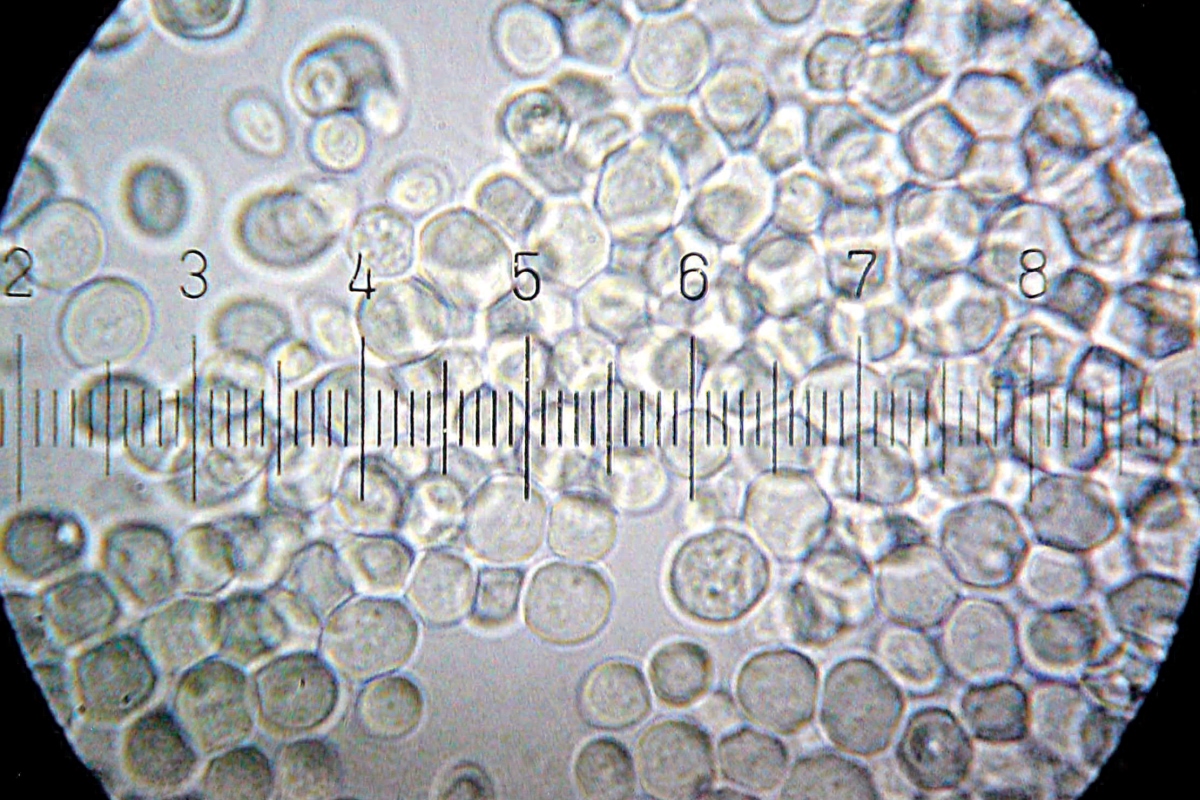Genome-scale models of microorganisms
We are interested in driving forward programs related to model-guided cellular engineering efforts. Genome-scale models provide a powerful resource to guide rational engineering of biological systems for applications in industrial and medical biotechnology. An accurate genome-scale moedle can help predict the systems wide effects of genetic and environemental perturbations on an organisms, and hence drive metabolic engineering or therapeurtic target identification experiments. We apply these approaches to model organisms, where our main focus in on devloping scalable methods for connecting genotype to phenotype, as well as to organisms that have industrial, ecological, or medical relevance, as described below.
Model Organisms
Saccaromyces cerevisiae
Constraint-based modeling is a well-established framework for linking genotype to phenotype, and genome-scale metabolic models have been constructed for an ever-expanding array of organisms, spanning all branches of life. We hypothesize that the successive application of a hierarchy of constraints within an integrated theoretical framework will enable progress towards a comprehensive understanding of emergent properties of biological systems. We are currently developing such a constraint-based framework for the model eukaryote Saccharomyces cerevisiae, which is an industrially important model organism and is among the simplest and best characterized eukaryotes—i.e., yeast presents the most tractable organism for tackling the complexity of integrated metabolic-regulatory-signaling networks in a eukaryote. We have recently completed an update to the Consensus Yeast Metabolic Network Reconstruction, YeastNet version 6. This update will represent the current state-of-the-art for computational reconstruction of the yeast metabolic network, based upon genomic information and broad community literature and algorithmic curation. Our updated yeast model has the highest predictive ability for gene essentiality in glucose-limited aerobic conditions of any yeast metabolic model published to date, and is freely available for download from yeast.sf.net.
Industrial Organisms
Methanogens
Methanogenesis – and the methane produced as a byproduct of methanogenesis – is of interest both for its tremendous biofuel potential and for its impact on global warming and the global carbon cycle. Methane is clean-burning, has existing infrastructure for its transport and storage, and is relatively easy to separate from growth medium compared to liquid fuels. The Price lab has generated and heavily curated genome-scale metabolic models of two methanogens, Methanosarcina acetivorans and Methanosarcina barkeri, that are capable of methanogenesis from a wide range of substrates and represent two different distinct metabolic subtypes within the genus Methanosarcina. In collaboration with William Metcalf’s lab at the University of Illinois, the Price lab is using these models to find ways to improve methane production from native and novel substrates and also using them as a basis for evolutionary analysis of methanogen metabolism.
Clostridia
The Price lab has also been developing technical expertise to address the critical national need for alternative energy sources that can be produced domestically, sustained indefinitely, and that are environmentally friendly. Butanol has emerged as a strong candidate as a second-generation biofuel because it holds many of the same advantages as ethanol, but without ethanol’s shortcomings. Clostridum beijerinckii is a naturally high performing butanol producer with a mutant strain that has the highest butanol production rates observed to date, and is the focus of our research. While this strain has been used commercially in the past to produce butanol, it is only relatively recently that its genome has been sequenced, making the organism amenable to the tools of systems biology to guide strain design. Interrogating the metabolism of this microorganism from a systems viewpoint will allow us to simulate the global effect of various genetic modifications.
Infectious Organisms
Mycobacterium tubuculosis
Tuberculosis remains one of the major health burdens facing the world. It is estimated that approximately 30% of the world’s population is infected with the causative pathogen, Mycobacterium tuberculosis (MTB), which results in approximately 9 million new patients displaying active symptoms and 1.4 million fatalities each year. One of the major challenges in treating tuberculosis infections is the propensity for MTB to reversibly enter and persist in a dormant phase that makes the pathogen less sensitive to the current therapies available. The Price lab has been working in collaboration with David Sherman’s lab at the Seattle Biomedical Research Institute to generate integrated, condition-specific models of metabolism and transcriptional regulation for MTB. We can use these models to understand the underlying biochemical perturbations associated with the MTB dormancy transition, and to identify potential therapeutic targets that may be effective at targeting dormant MTB.



 hood-price.isbscience.org/research/microbial-systems-biology/
hood-price.isbscience.org/research/microbial-systems-biology/